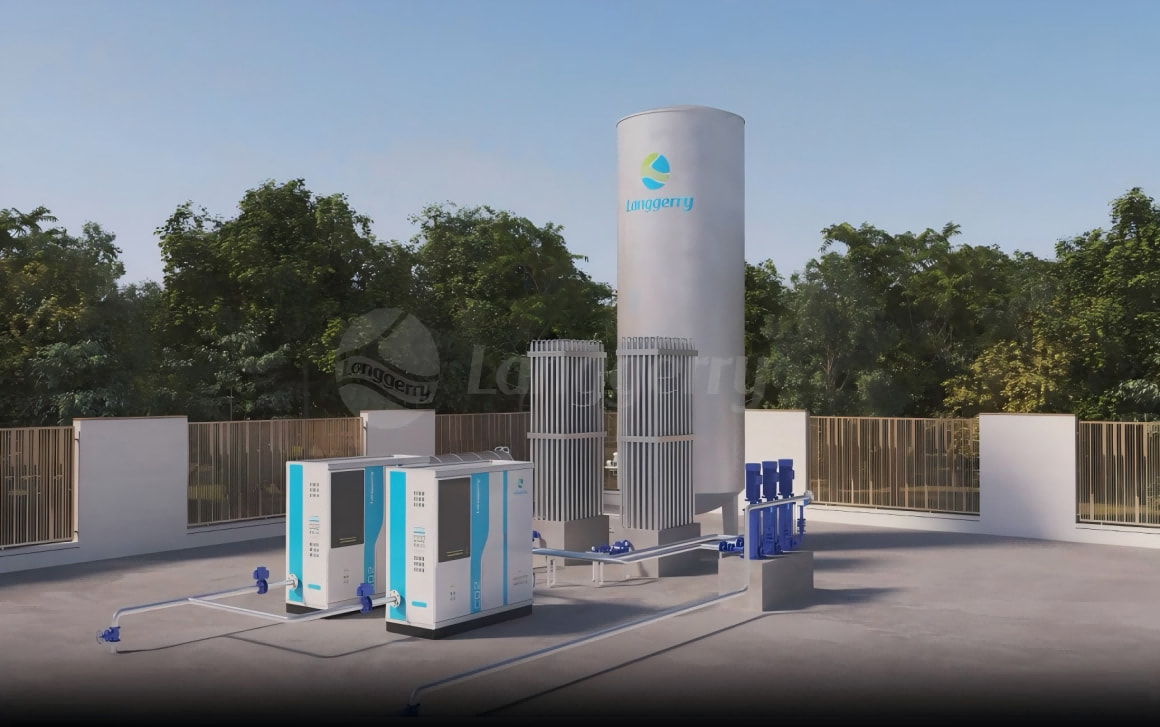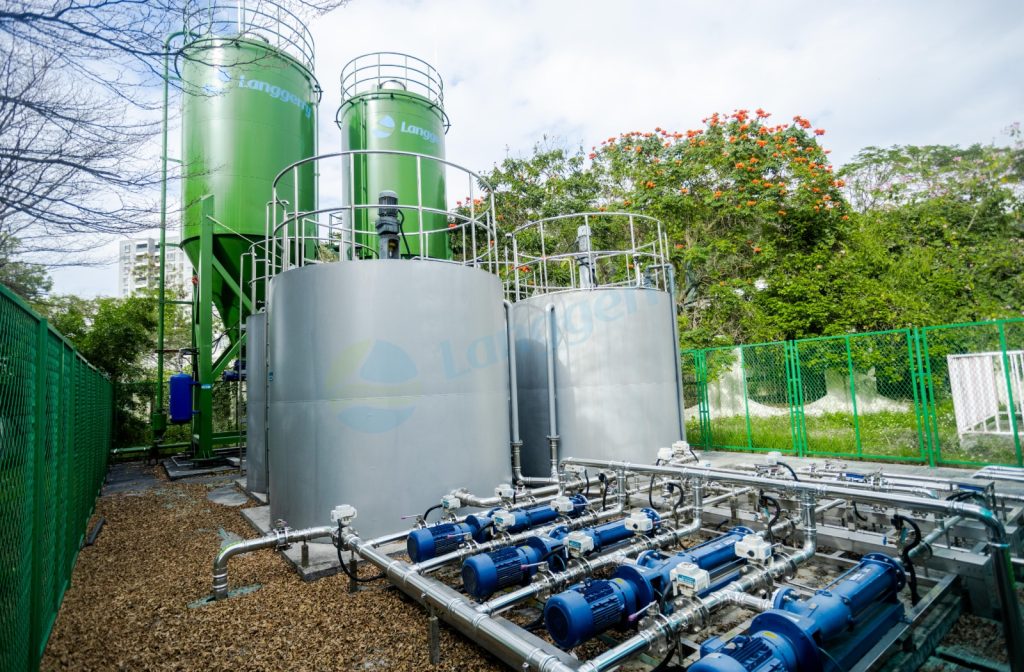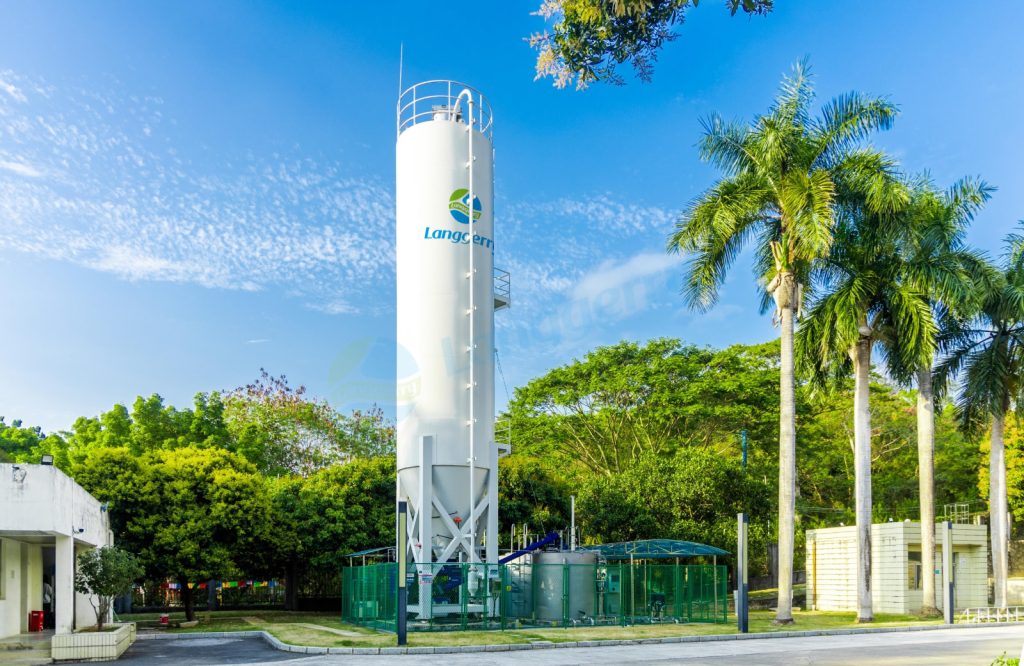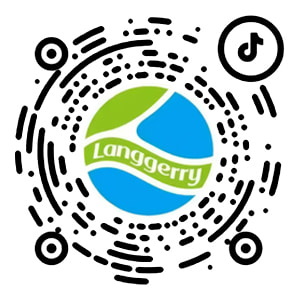Menu
Close
- Home
- About
- Products
-
Fixed gas detectorFixed gas detector
-
Portable gas detectorPortable gas detector
-
Gas alarm controllerGas alarm controller
-
Online gas monitoring systemOnline gas monitoring system
-
Powdered pharmaceutical dosing equipmentPowdered pharmaceutical dosing equipment
-
Dosing equipment for gaseous agentsDosing equipment for gaseous agents
-
Liquid pharmaceutical dosing equipmentLiquid pharmaceutical dosing equipment
-
Smart water supply systemSmart water supply system
-
Outdoor integrated smart water supply pump roomOutdoor integrated smart water supply pump room
-
Multi-parameter water quality online analysis systemMulti-parameter water quality online analysis system
-
- Solution
- Case
- News
- Contact
- Home
- About
- Products
-
Fixed gas detectorFixed gas detector
-
Portable gas detectorPortable gas detector
-
Gas alarm controllerGas alarm controller
-
Online gas monitoring systemOnline gas monitoring system
-
Powdered pharmaceutical dosing equipmentPowdered pharmaceutical dosing equipment
-
Dosing equipment for gaseous agentsDosing equipment for gaseous agents
-
Liquid pharmaceutical dosing equipmentLiquid pharmaceutical dosing equipment
-
Smart water supply systemSmart water supply system
-
Outdoor integrated smart water supply pump roomOutdoor integrated smart water supply pump room
-
Multi-parameter water quality online analysis systemMulti-parameter water quality online analysis system
-
- Solution
- Case
- News
- Contact






